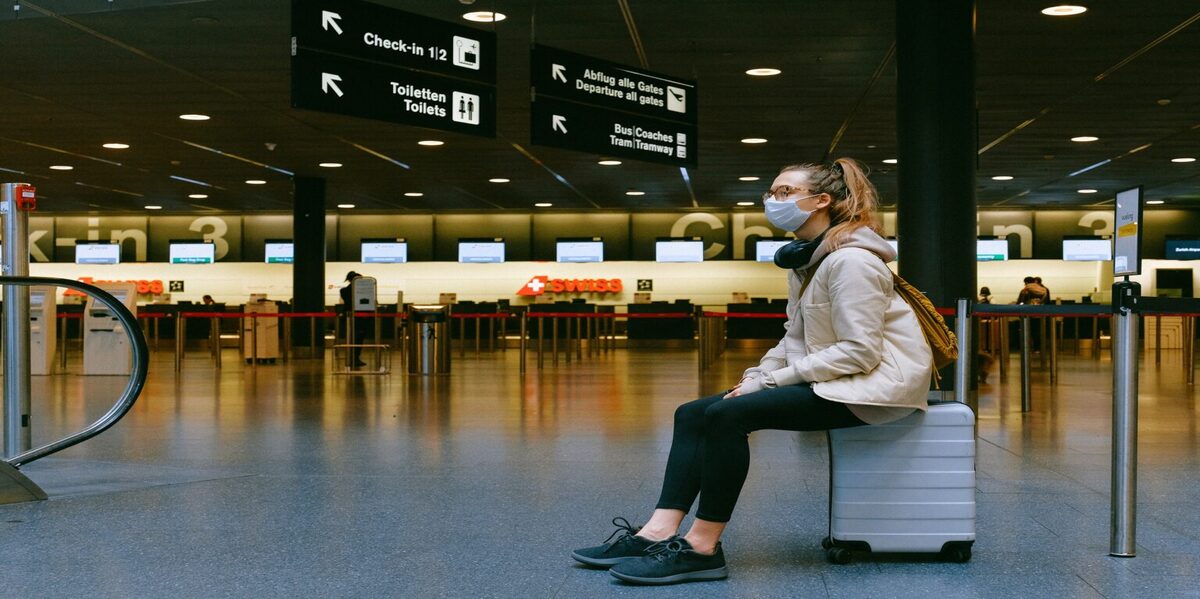Abstract
In the current DNS function, we are looking at a fixed Crossflow-country transmission system (CFV) at the 3-d level and to assess the ability of the power supply to directly control the condition of the uninterrupted cable. It doesn’t dry out. Crossflow A system with a force that distorts or attacks the right is organized in a line and is performed simultaneously with the next step. The intolerance of sound cables can serve as an example of capture. It has been shown that a lack of proper energy-play capacity can control the vertical activity of CFVs that do not move for long periods, and thus delay the onset of secondary instability. Crossflow However, a permanent injury plan is acceptable. Considering the endless routes and routes, some of the CFVs are even more confusing. Crossflow Using two lines to attract lower lines and stronger movement, growth, and movement paths can increase strength, resulting in a stronger transition and the first 3. -D shape change.
Introduction
At the plate-type boundary, the cross-section distortion (CF) is the strongest force of the laminar-velocity change. In the event of a river rise or in a split frenzy (DREs) on a wing that flows freely with its installation cables, cross-vortex (CFV) can win in specified directions due to their high magnitude. Due to the migration of CFV, it quickly reaches the non-natural world, leading to another world of secondary instability. Although the mechanism of change-controlled CFV is well understood only a large part of the studies on its control have been performed.
In this work, we look at the stressful situation of moving CFVs. The inertia of the stimulus agents is used to directly imitate the vertical action of the first CFVs, thus, delaying the onset of the second stage of instability. The design of the voice power supply is a dielectric-bar-dissipation (AC DBD) plasma generator. The current system corresponds to the new dish-sweeping system at DLR Gottingen [1]. This study concludes the previous DNS study by reducing CFV flow growth in short-term (high-flow-deformation) controlled vortices [8].


